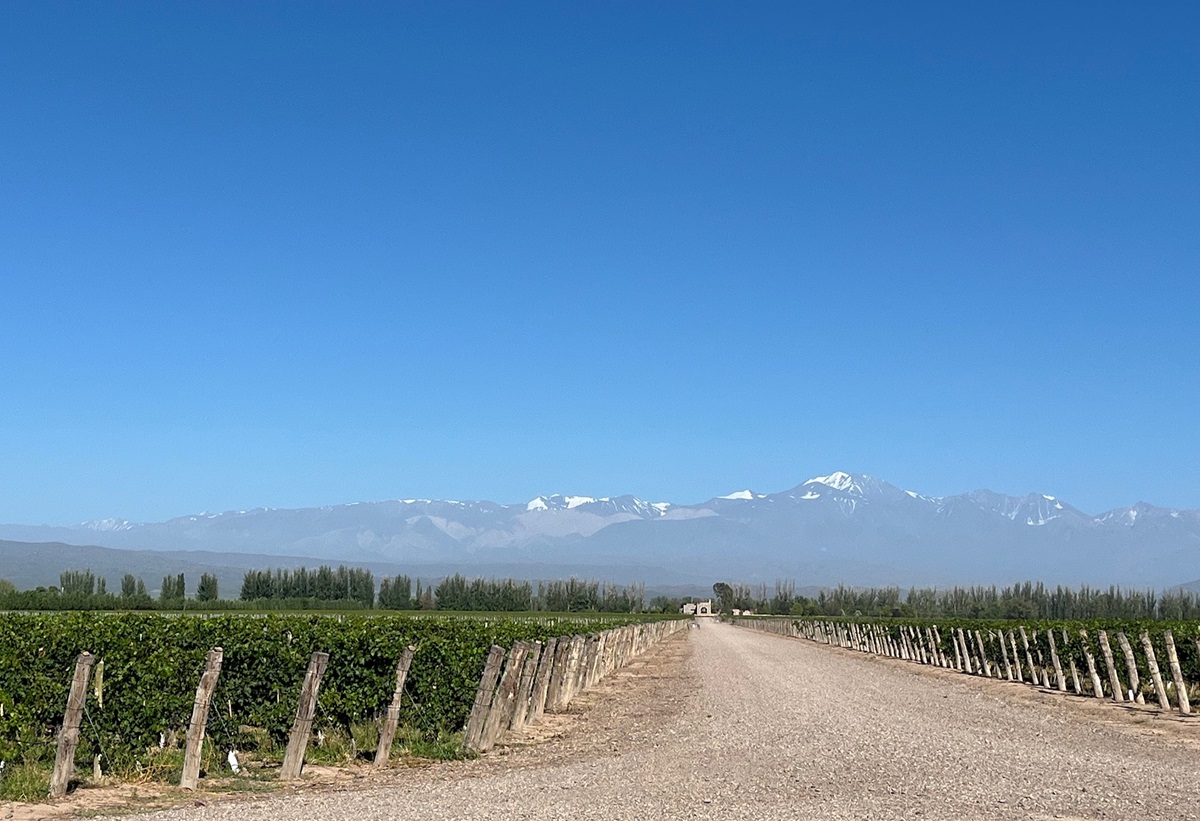WESTERN GEORGIA
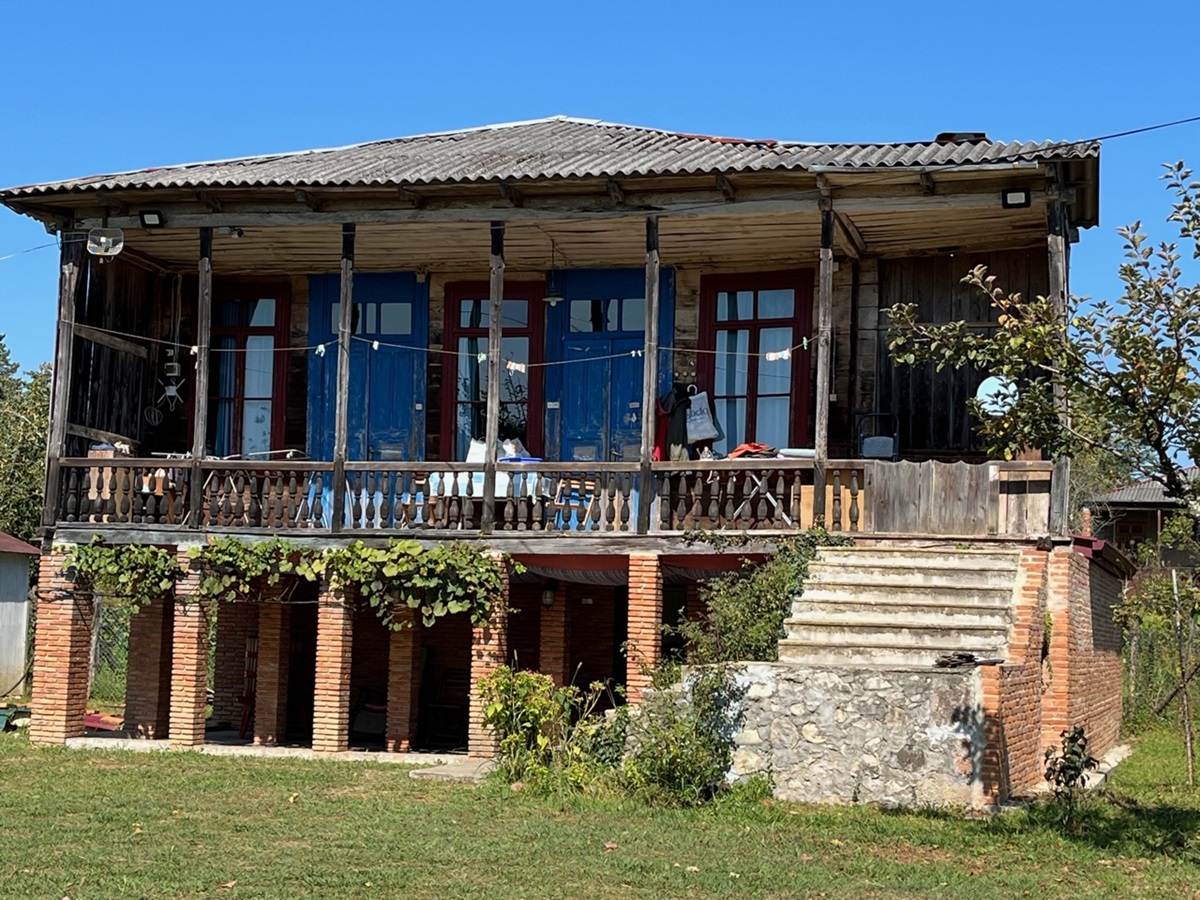
I am standing in one of the oldest ‘odas’ in the Samegrelo wine region of Western Georgia. This is the name of the traditional Mingrelian wooden house which is raised from the ground on piles, here with ‘qvevri’ clay fermenting vessels buried in the ground floor and to the side of the house.
This oda belonged to Zaza Gagua’s great grandparents, who used to grow vines here near Martvili. Eight years ago Gagua and his wife Keto Ninidze moved from Tbilisi to bring up their two daughters in Samegrelo’s beautifully wild mountainous countryside.
Keen to revive the tradition of viticulture, to the surprise of their neighbours, they immediately replaced the hazelnut groves with vines – and buried new lagvanis (as qvevris as known here) around the house.
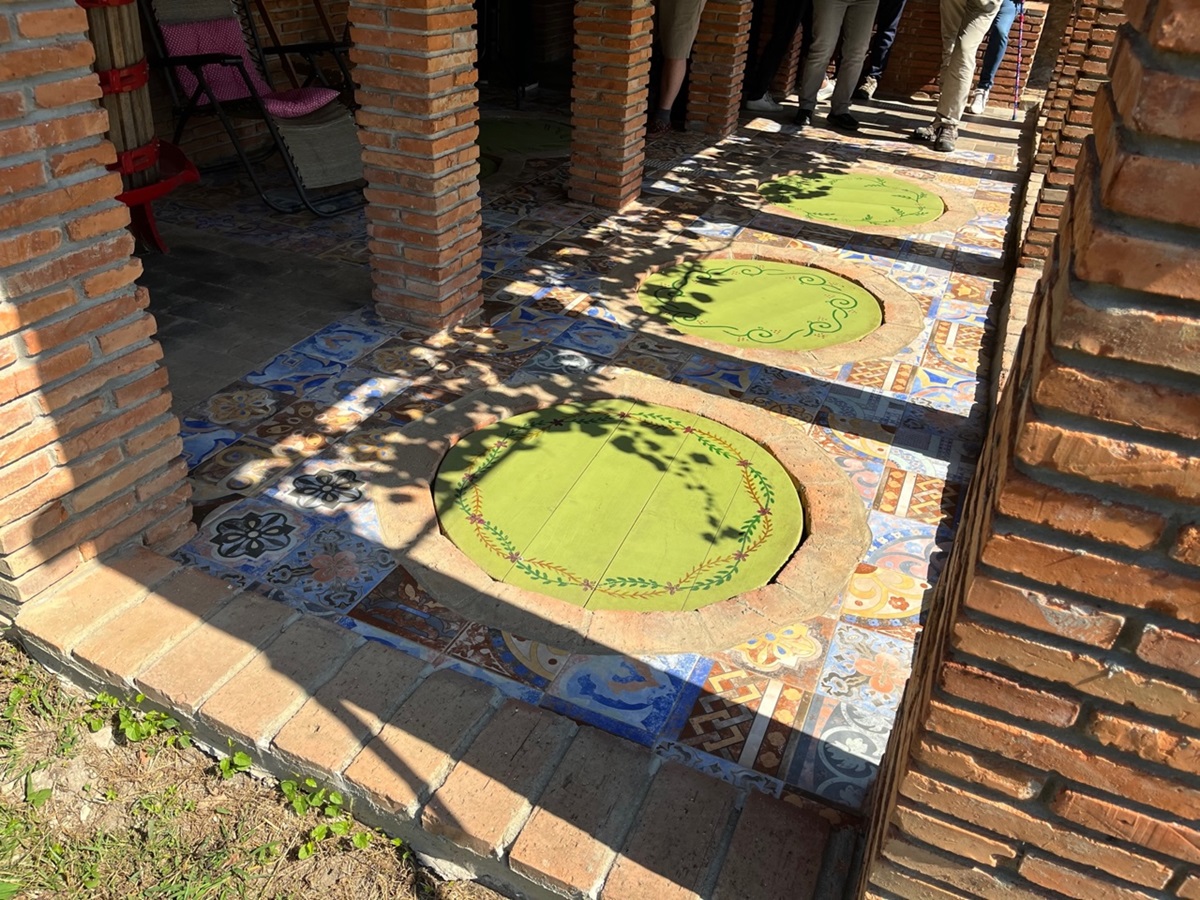
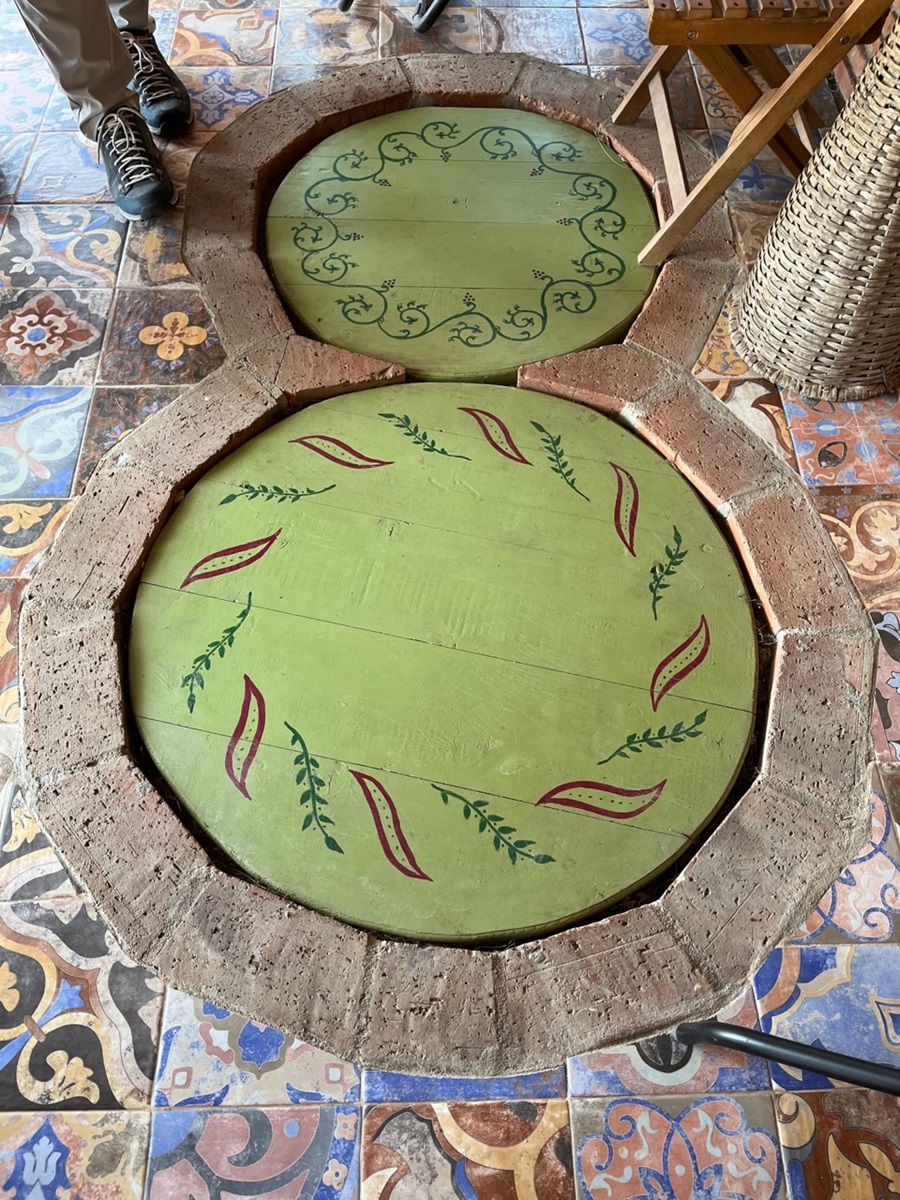
Like other regions in Western Georgia, Samegrelo has its own indigenous grapes suited to its humid subtropical climate. “Before 1850s there were 60 local grapes here and in neighbouring Apkhazeti”, explained Keto Ninidze (pictured below). “Vines were traditionally grown Maghlari style – up trees – which made it challenging to combat fungal diseases and the lagvanis buried in open space, as the hazelnut bushes did not have big roots to disrupt the vessels”.
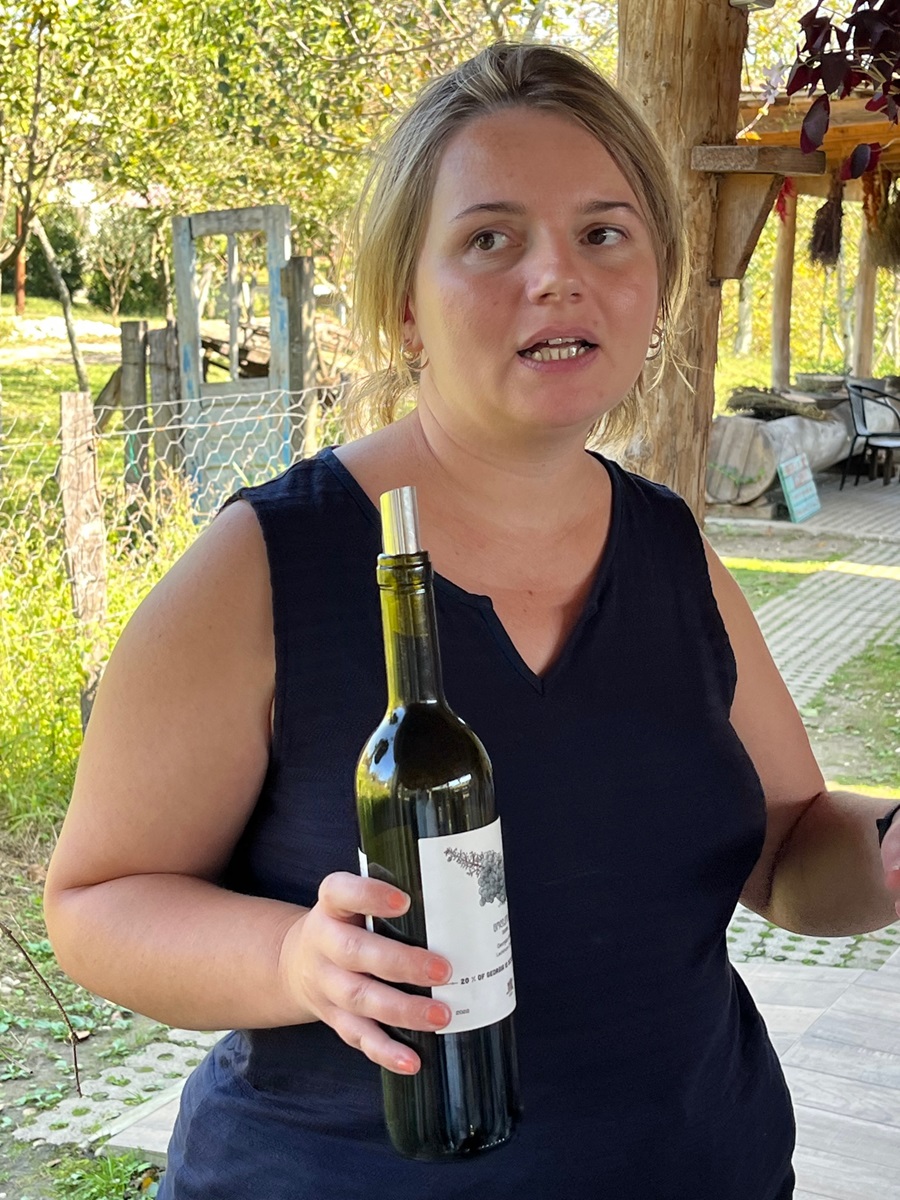
“Sadly viticulture was abandoned here – with a combination of phylloxera, world wars and during the Soviet occupation Samegrelo did not suit the Soviets’ needs with everything focused towards drier warmer eastern Georgia”, she explained. “Samegrelo’s vines were almost lost, although a few continued with garden vines – and today only one local grape, red Ojaleshi (which means ‘growing on a tree’) has survived”.
Gagua and Ninidze’s plan is to revive further local Mingrelian grapes, planting Ojaleshi, Chvitiluri, Koloshi, Lakvazhi and Dudughushi. The Martvili area was traditionally considered one of the best terroirs of Samegrelo and red Ojaleshi seems suited to local volcanic and black clay over limestone soils here.
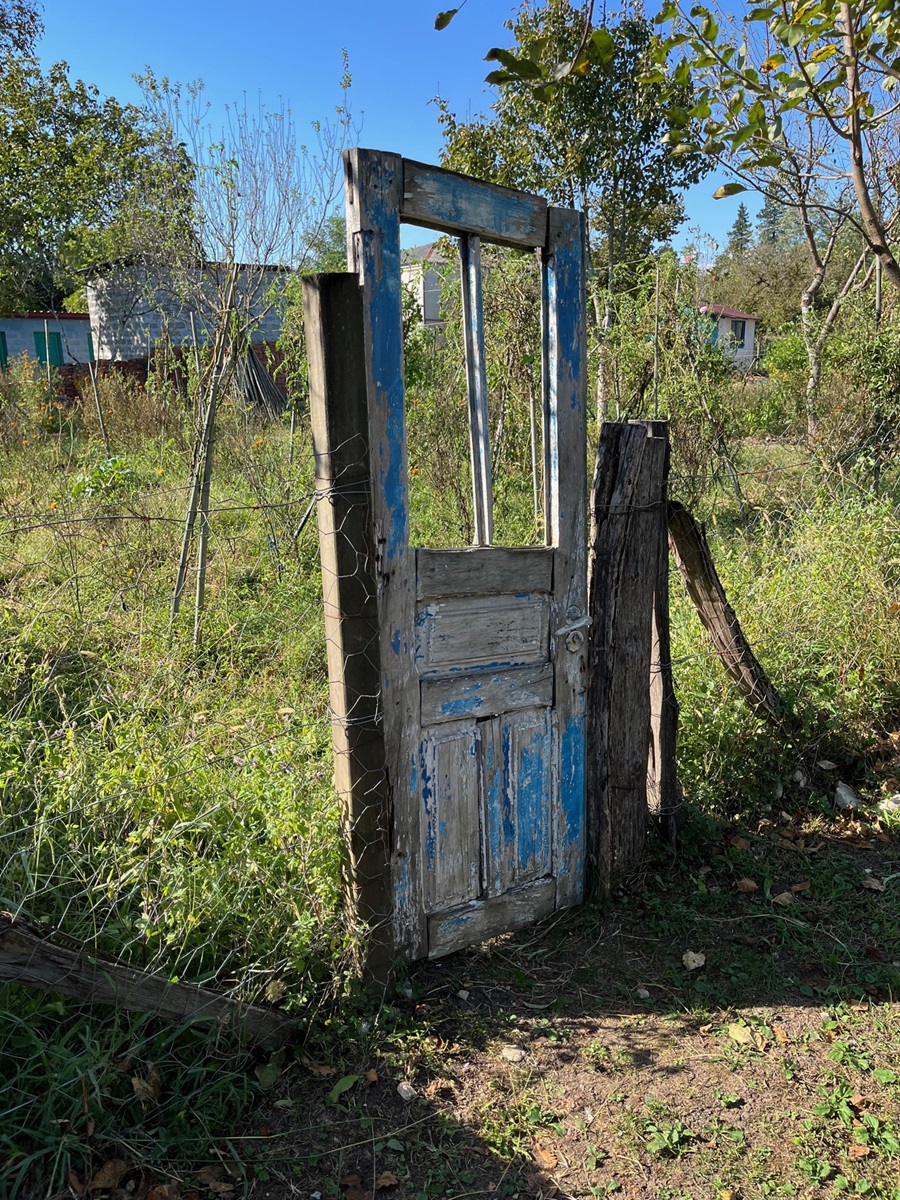
Ninidze is passionate about natural winemaking, fermenting on wild yeasts using grapes from Samegrelo and neighbouring mountainous regions Racha, Lechkhumi and Imereti. Skin contact is kept short, or not used at all, so the wines are delicate – very different from Kakheti in eastern Georgian, where skin contact is traditionally six months. The wines are sold under the Oda Wines/Oda Family Marani label.
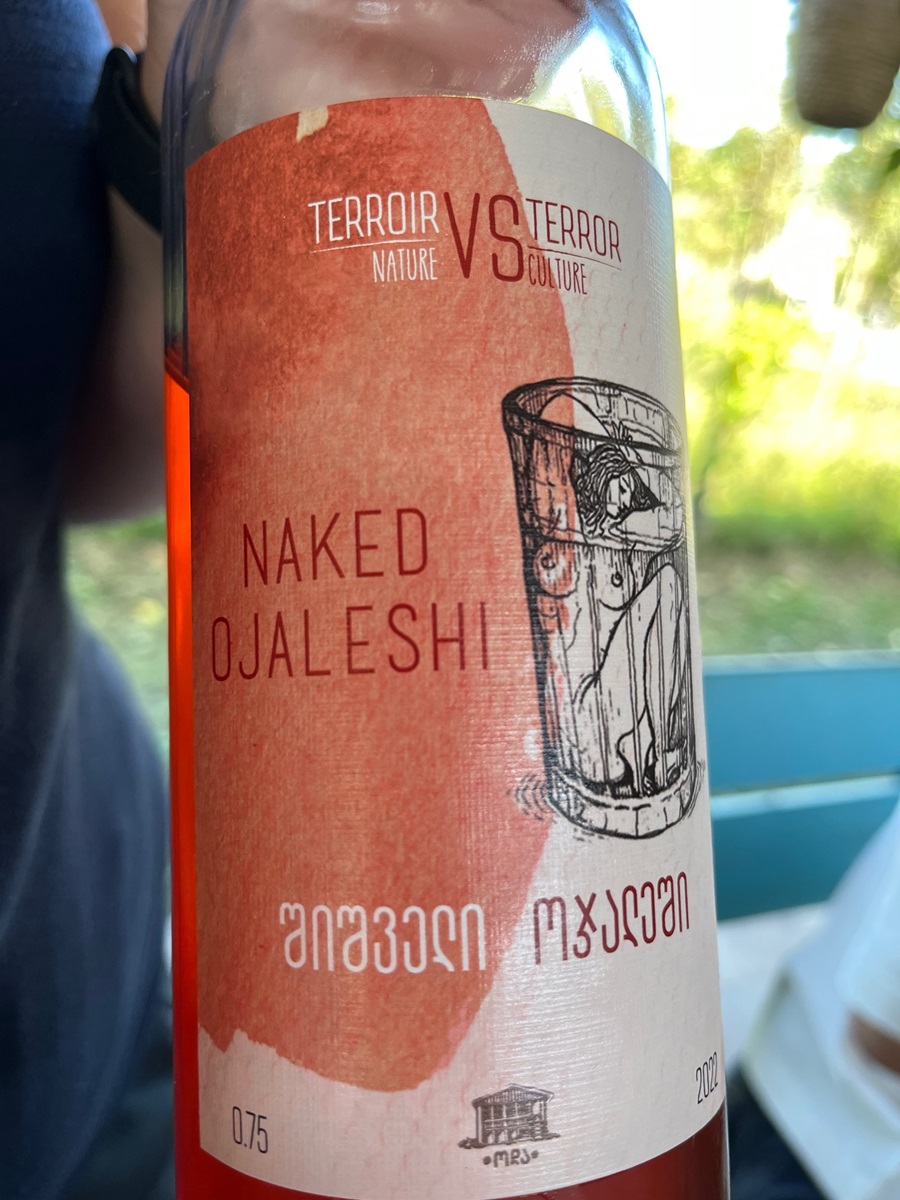
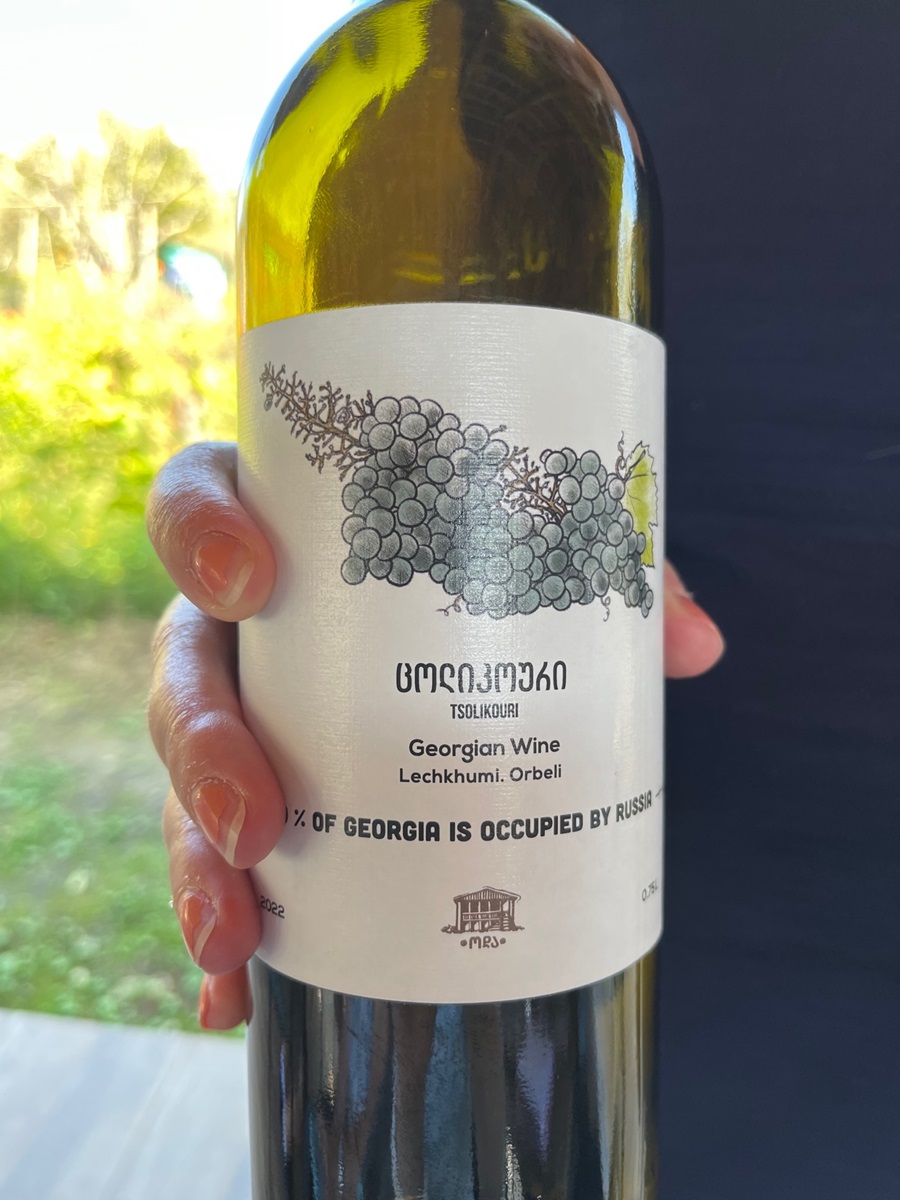
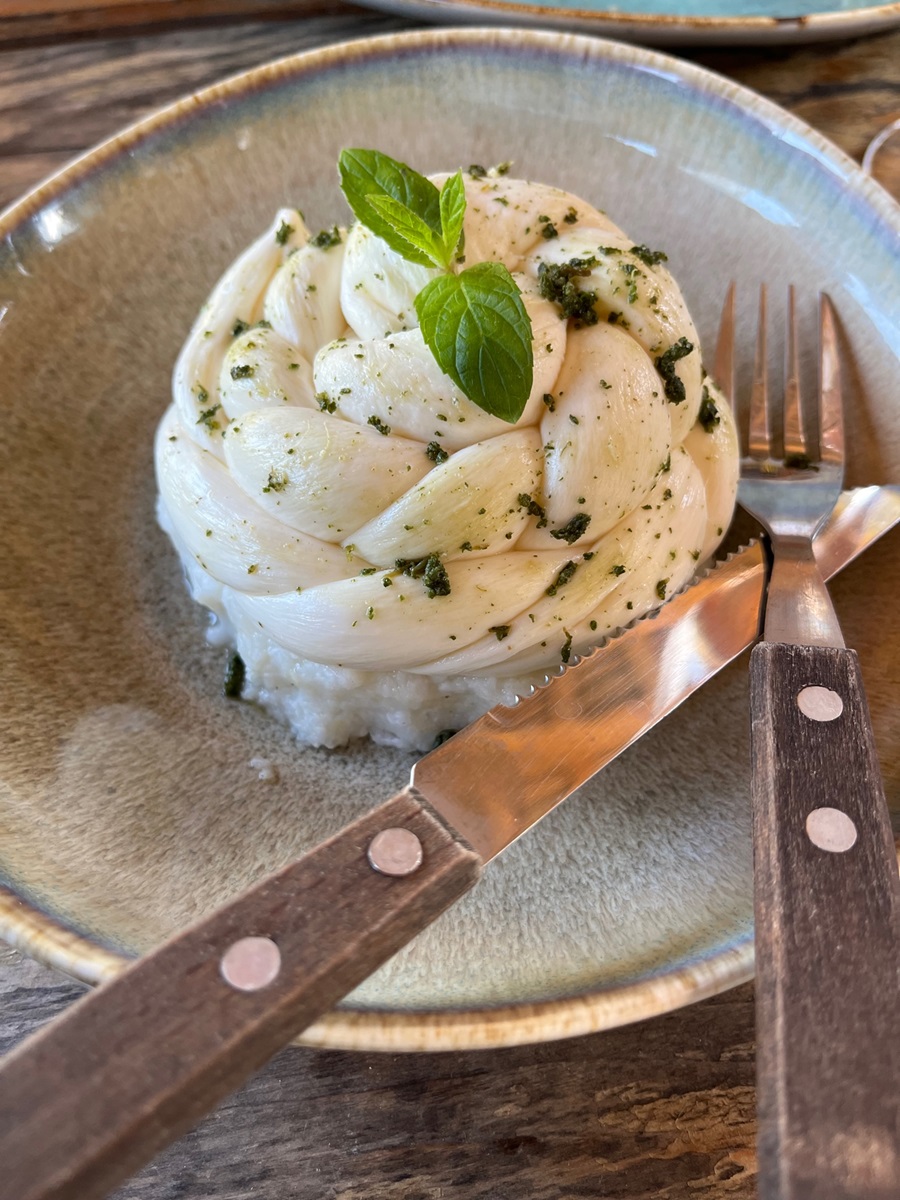
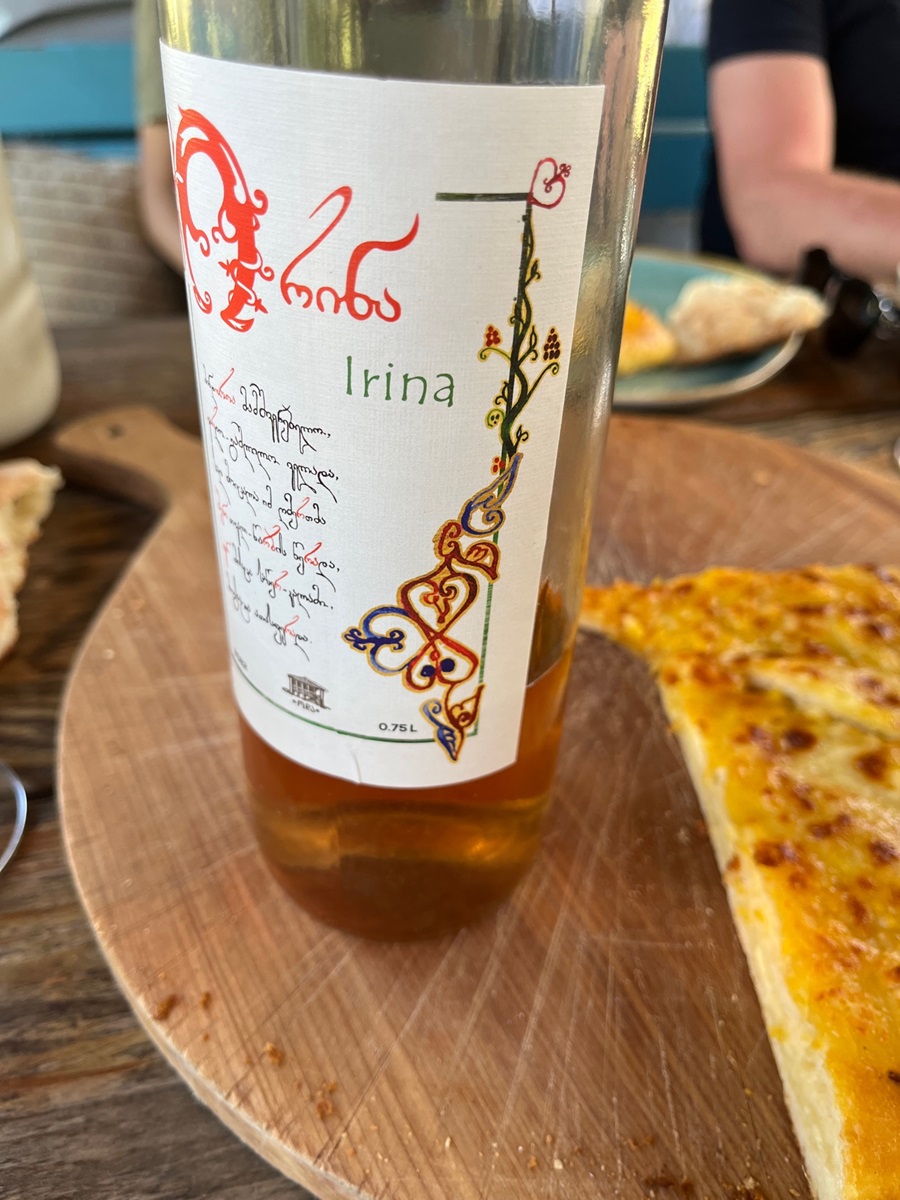
Today there are just ten artisan producers in Samegrelo (including Obene, Taleri Terraces and Gagua’s own Vino Martville) as financial and educational support is lacking, compared to eastern Georgia. Tasting Ninidze’s Tsolikouri white, Ojaleshi rose and Dzelshavi red, it is clear there is potential provided that improved canopy management, lower training systems (rather than up trees), grafted vines to protect against phylloxera and modern hygienic winemaking become the norm.
Modern viticulture is more advanced in neighbouring Imereti wine region (pictured below). This region is just east of Samegrelo, but still in western Georgia with its own cluster of native grapes. Its diverse climate ranges from alpine to humid subtropical with influence from the Black Sea; it is generally cooler and wetter than in eastern Georgia.
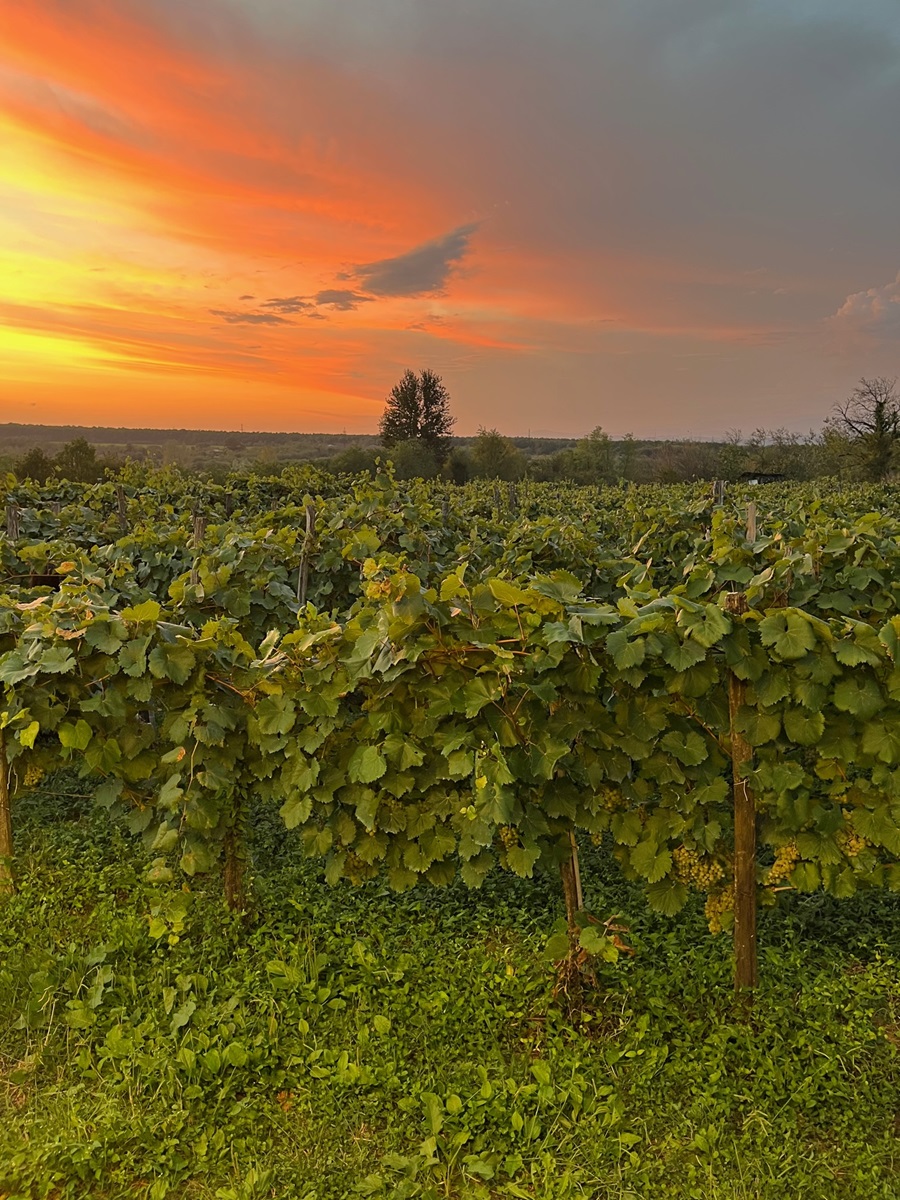
Local Imeretian white grapes Tsolikouri and Tsitska are traditionally fermented in ‘churi’ (the Imeretian name for qvevri), often buried only two thirds into the ground as Imereti’s water table can be high. As in Samegrelo, skin contact is kept short as stems tend not to be so ripe, so Imereti’s wines bear a similarity to Samegrelo, fresh, higher acidity and more delicate than in eastern Georgia’s Kakheti.
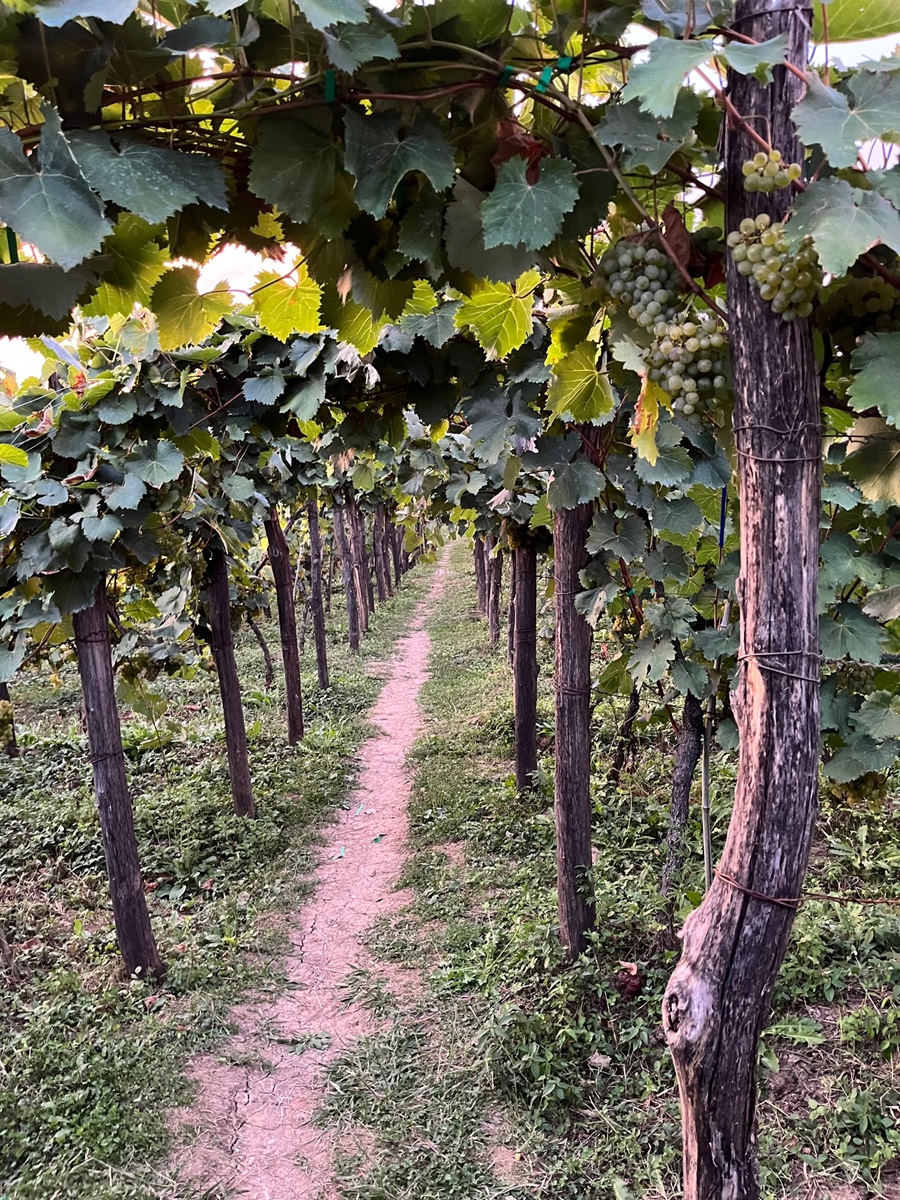
As in Samegrelo many Imeretian producers are self-taught artisans, but some seriously good producers are now emerging. One of the most impressive is Baia’s Wine, in Meore Obcha village, amidst gently undulating hills, run by the charming and very humble Abuladze family: Gaia with her sister Gvantsa and brother Giorgi – with mother Tamriko.
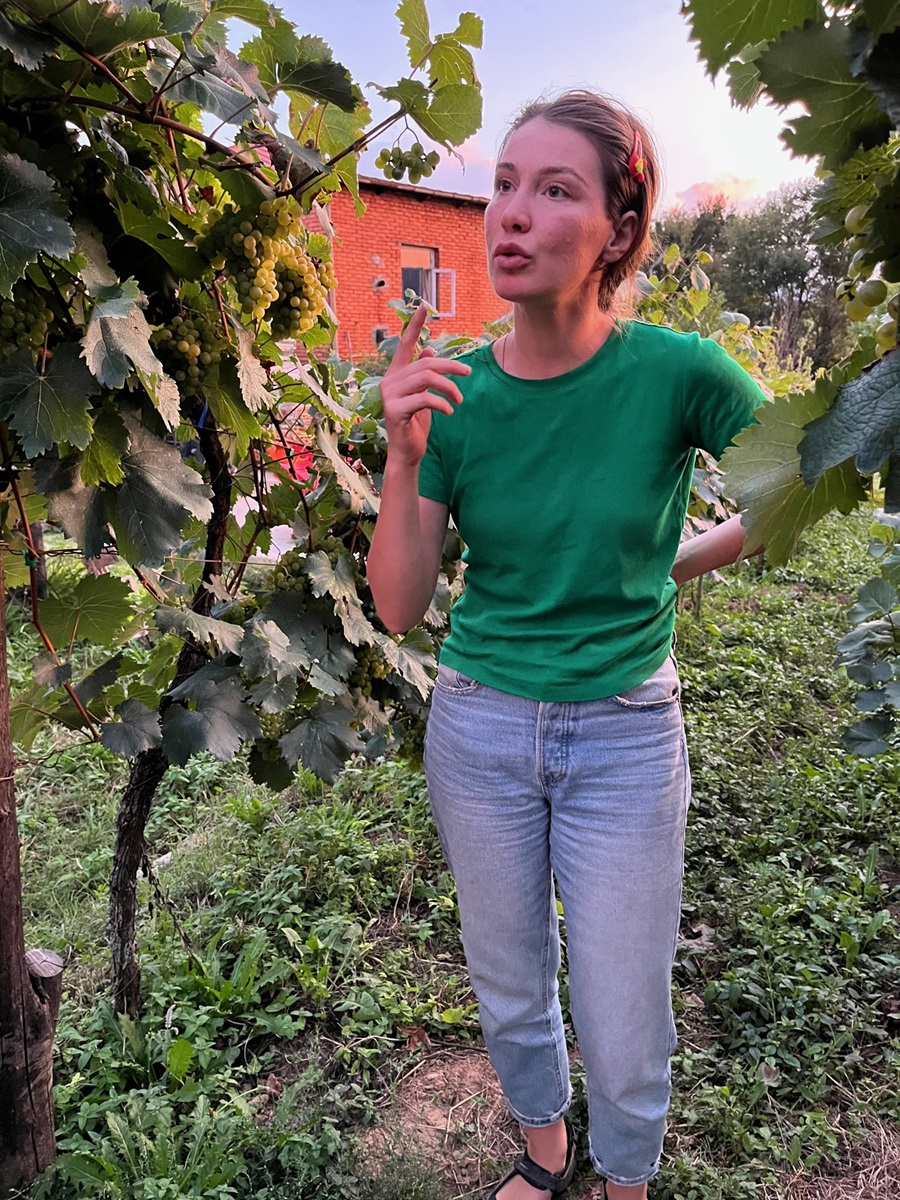
“We made so many mistakes in the beginning”, explained Gvantsa Abuladze (pictured above). “We planted vines too close together, so could not use tractors and we picked the wrong nursery who sent us a mix of grapes, not just the variety we ordered”.
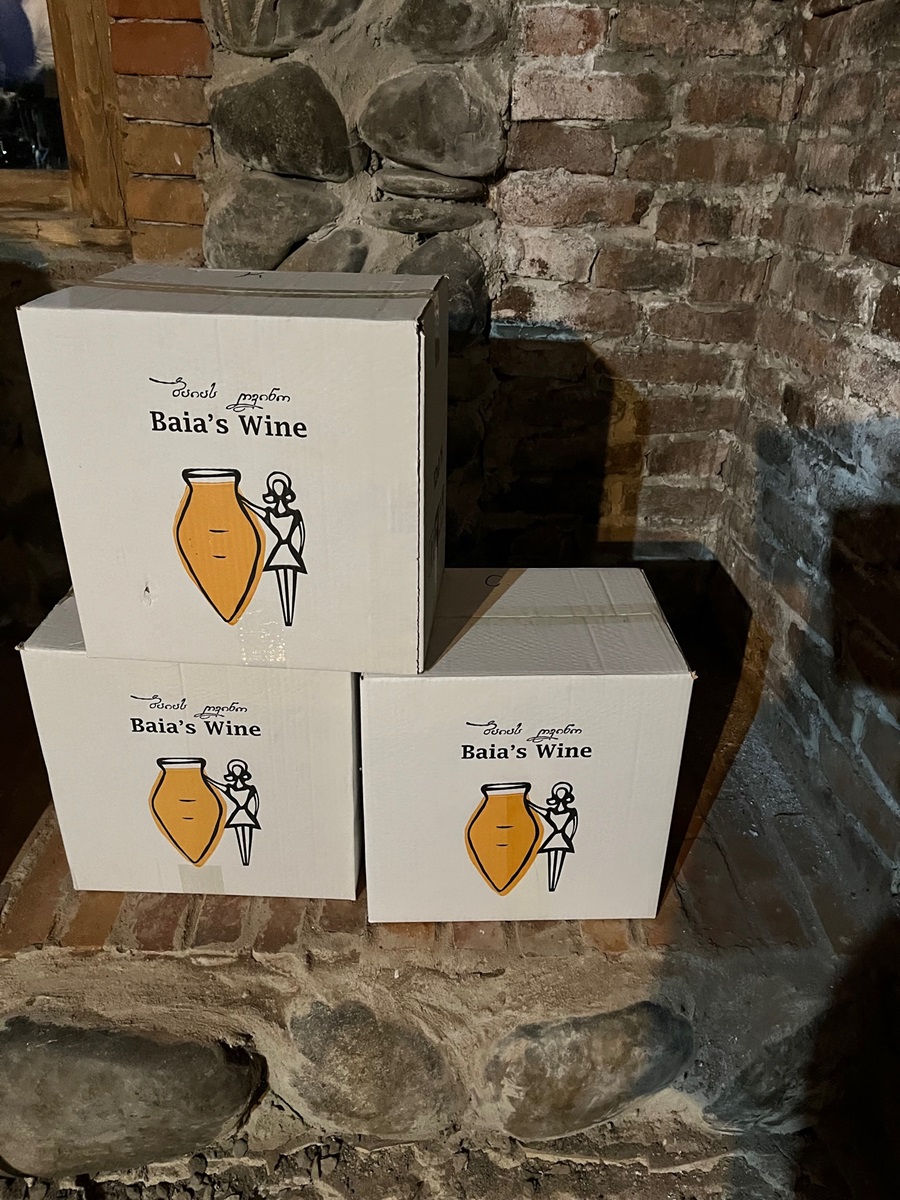
With serious dedication and hard work, the Abuladzes are emerging as one of Georgia’s most interesting newcomers focusing on organic natural wines with new plans for a bigger winery next year. Whites Tsolikouri, Tsistka and Krakhuna varieties are labelled under Baia’s name – and reds Otskhanuri Sapere, Ojaleshi and Aladasturi under Gvantsa’s.
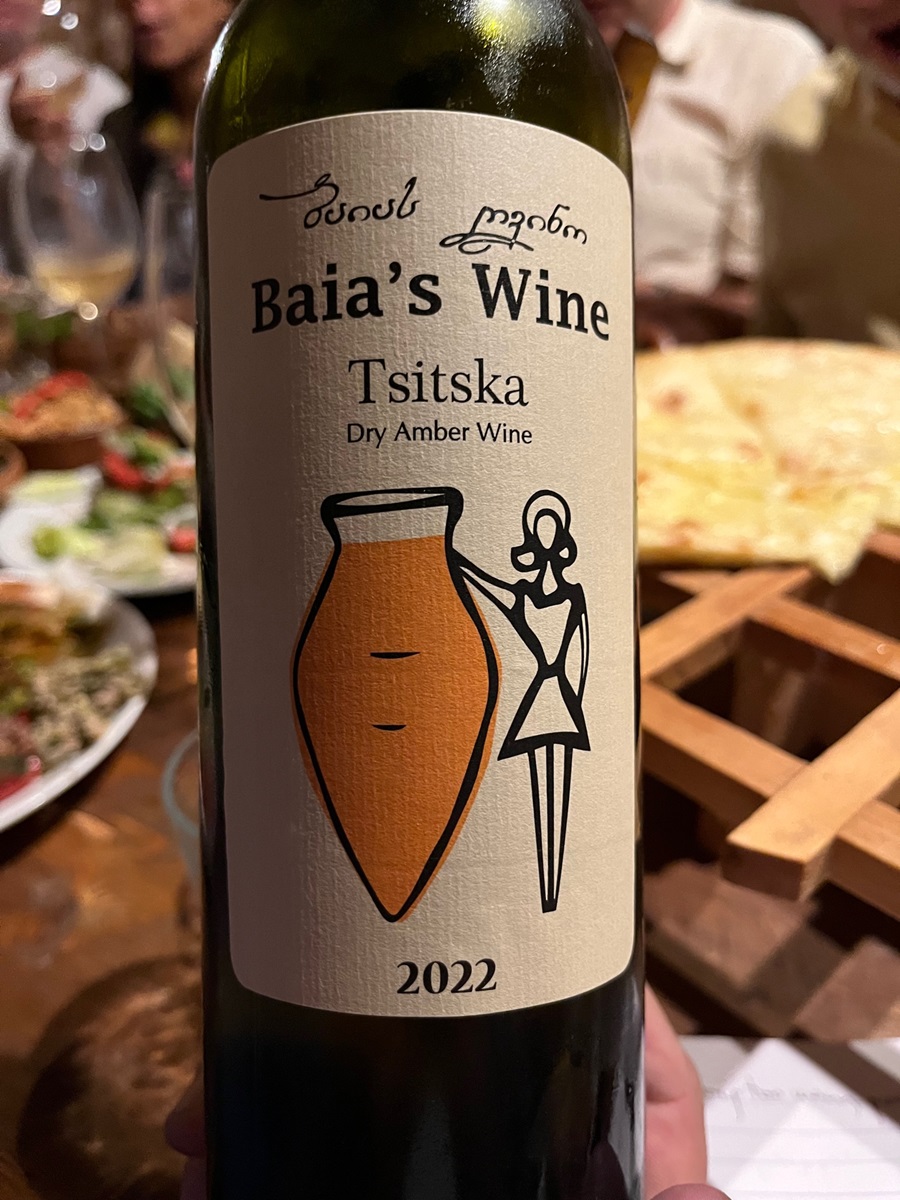
Other artisan producers to note in Imereti are natural wine advocate Ramaz Nikoladze in Nakhshirghele, Archil Guniava in Kvaliti and Churi Chinebuli in Sviri.
AMBER
Imereti: BAIA’S WINE TSITSKA / TSOLIKOURI / KRAKHUNA 2022
£24 www.tasteofgeorgia.co.uk; www.oxfordwine.co.uk
Attractive three grape blend shows delicate apricot notes, honeyed undertones, soft texture and dry finish.
Samegrelo: ODA WINES TSOLIKOURI 2022
£26 www.morenaturalwine.co.uk; www.sagerandwine.com
Pale gold colour, fresh citrus and baked apple flavours and herby undertones.
ROSE
Samegrelo: ODA WINES OJALESHI ROSE 2022
£22 www.morenaturalwine.co.uk; www.sagerandwine.com
Strawberry and rhubarb notes, herby undertones and smooth texture.
Imereti: BAIA’S WINE GVANTSA’S ALADASTURI ROSE 2022
£23 www.oxfordwine.co.uk
Raspberry with pepper, quite textural rose with a long dry finish.
RED
Racha: ODA WINES DZELSHAVI 2022
Smoky herby earthy cassis-fruited from Dzelshavi grown on clay/limestone in Racha’s Ambrolauri subzone.
Imereti: BAIA’S WINE GVANTSA’S OTSKHANURI SAPERE 2020
£24 www.gvinouk.com
Bright crisp red, pomegranate and dark cherry fruits, hints of sweet spice, smooth texture.
By Rose Murray Brown MW Published in The Scotsman 4 November 2023
Join Rose’s Champagne v Sparkling Wine tasting + buffet at Rufflets Hotel, St Andrews on 17 November www.rosemurraybrown.com
wine tastings
The perfect gift for the wine enthusiast in the family. Rose does In-person tastings too.
cellar advice
Rose does cellar valuations for private clients, valuations for insurers & bespoke portfolio management.
Related stories
March 31, 2024
By Rose Murray Brown MW Published in The Scotsman 30 March 2024 On 2 February 1659, the first wine made from grapes grown in South Africa was crafted by the Governor of the Cape, Jan van Riebeeck. He had planted vines four years earlier in the Company’s Garden near Cape Town from cuttings imported from France. Van Riebeeck’s first
March 24, 2024
By Rose Murray Brown MW Published in The Scotsman 16 March 2024 Heatwaves and bushfires were very much on the agenda when I visited Chile last month as winemakers prepared for their 2024 harvest in blistering heat and drought, with a plume of smoke from the devastating fires lingering over coastal hills. Heat and drought are the greatest challenges
March 23, 2024
By Rose Murray Brown MW Published in The Scotsman 9 March 2024 I have two glasses of Malbec in my hands from the same high-altitude vineyard in Uco valley in Argentina. I am in the Catena Institute of Wine in Mendoza with winemaker Agustin Silva. He has asked me to taste the two wines, both from the 1500m high



